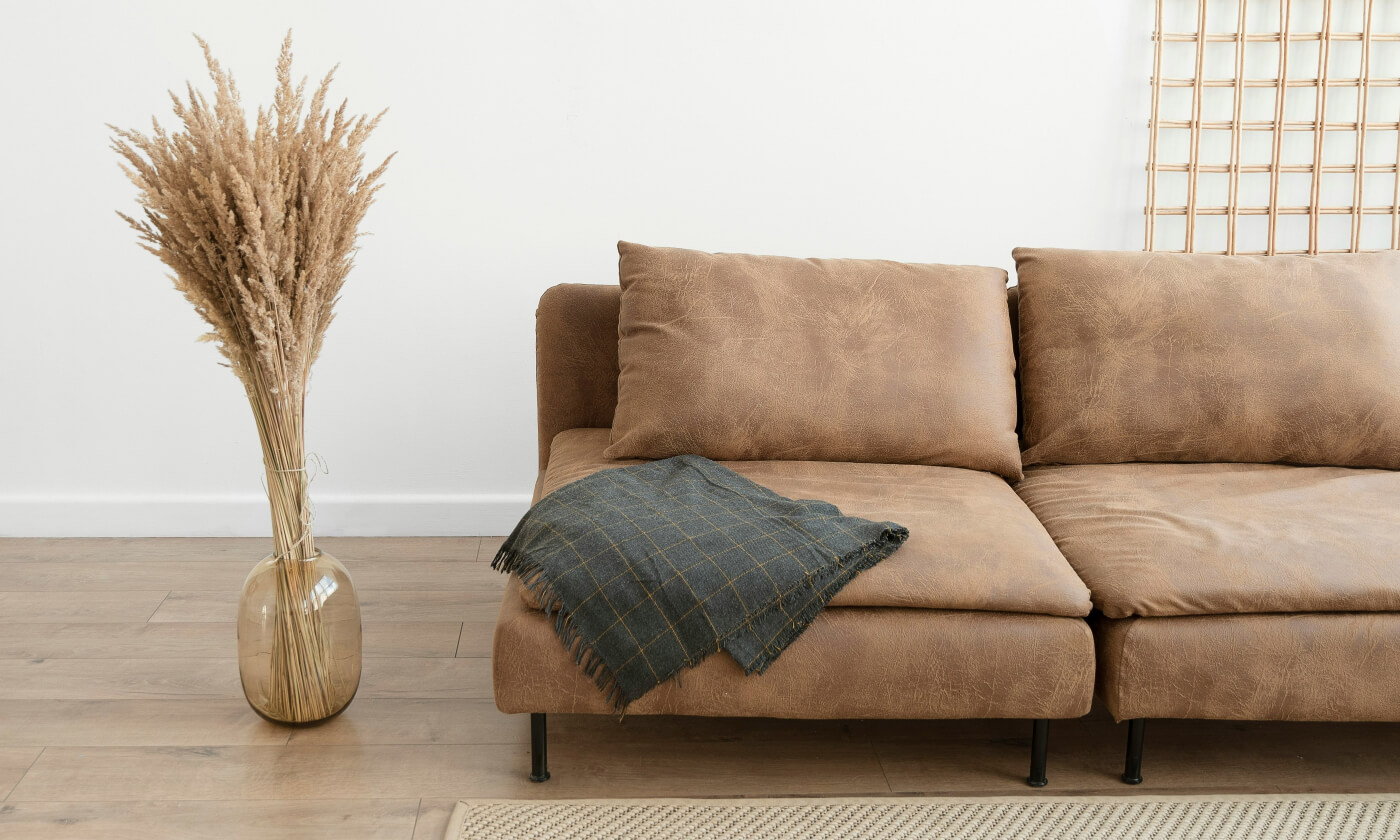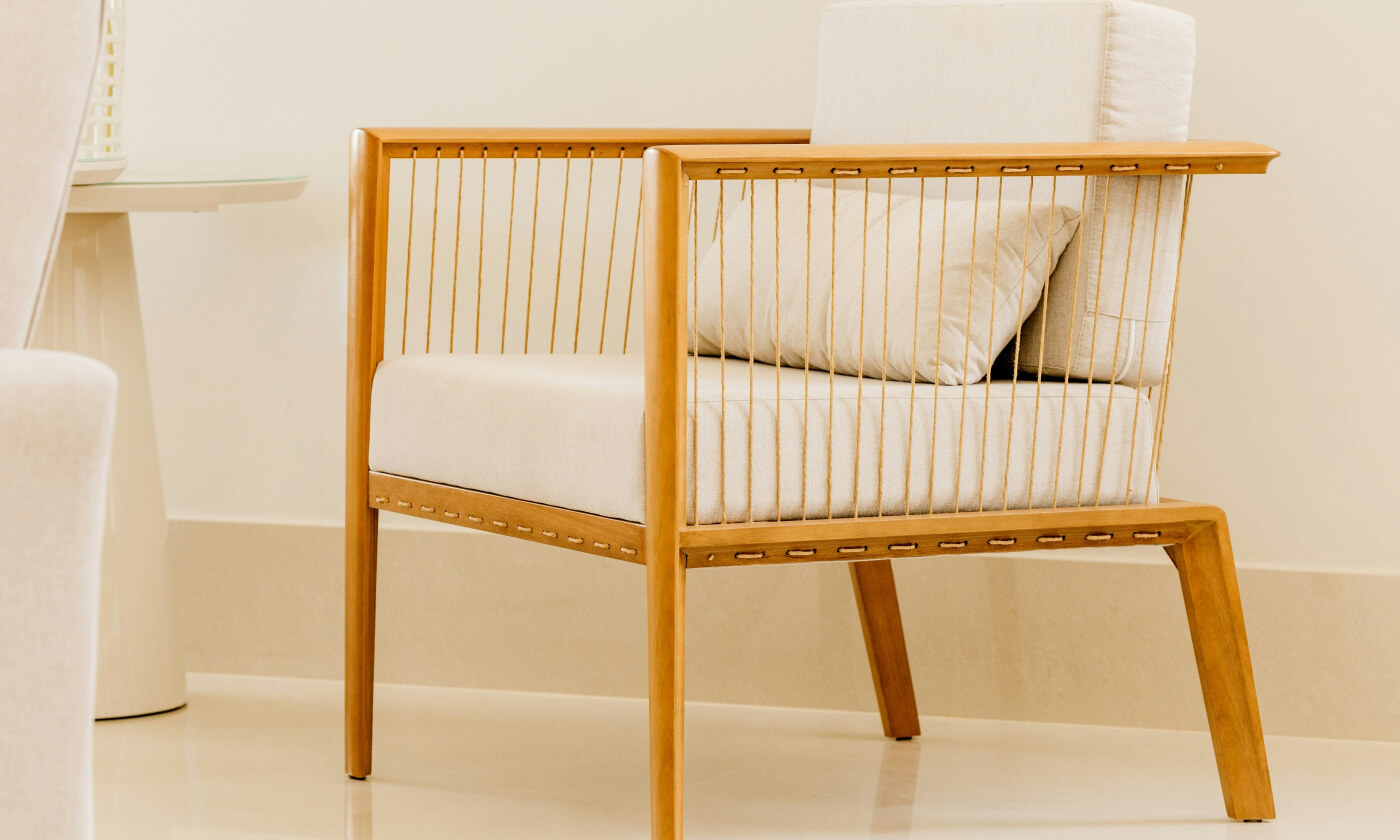
Solid vs Engineered Wood for Office Furniture – Which One Should You Choose?
There’s a quiet debate that plays out behind the scenes in every office renovation: “Should we go with solid wood or engineered wood?” And while it may seem like a simple budget decision, the choice impacts much more than just cost.
From workstations to cabinets and executive desks, every piece of office furniture has to strike the right balance between function, durability, and design. And that starts with the wood.
In this article, we’ll break down the key differences between solid wood and engineered wood, so you can make smarter, long-lasting decisions for your workplace.
What Is Solid Wood?
Solid wood refers to timber that is milled directly from trees—like sheesham, acacia, or oak. It’s known for its durability, natural grain patterns, and timeless look.
Common uses in offices:
– Executive desks
– Reception counters
– Statement conference tables
Advantages:
– Strong and long-lasting
– Can be sanded and refinished over time
– Adds premium value to office interiors
Challenges:
– Heavier and more expensive
– Can expand or contract with humidity
What Is Engineered Wood?
Engineered wood includes products like MDF (Medium Density Fiberboard), plywood, and particleboard. These are man-made by bonding wood fibers or veneers under heat and pressure.
Common uses in offices:
– Modular workstations
– File cabinets and drawers
– Office partitions and shelving
Advantages:
– Budget-friendly
– Lightweight and easy to customize
– Comes pre-laminated in multiple finishes
Challenges:
– Not as durable as hardwood
– Vulnerable to moisture unless sealed
– Difficult to repair once damaged
Comparison Table: Solid vs. Engineered Wood
| Feature | Solid Wood | Engineered Wood |
|---|---|---|
| Durability | High | Moderate |
| Cost | Higher | Lower |
| Appearance | Natural grain & warm tone | Uniform, factory-finished |
| Weight | Heavier | Lightweight |
| Best For | Executive spaces, tables | Workstations, partitions |
| Maintenance | Re-polishable | Needs sealing/lamination |
Which One Should You Choose?
The answer depends on the type of office, available budget, and aesthetic goals. If you’re designing a high-end executive area, solid wood might be the better fit—it gives the impression of permanence and luxury. If you’re setting up a startup office, co-working space, or need flexible and modern furniture, engineered wood allows you to save on costs without compromising too much on design. For most businesses, a hybrid approach works best—solid wood for focal pieces, and engineered materials for utility furniture.


Easy to setup (if you follow the doc) and awesome design !
Mobile version is really good !